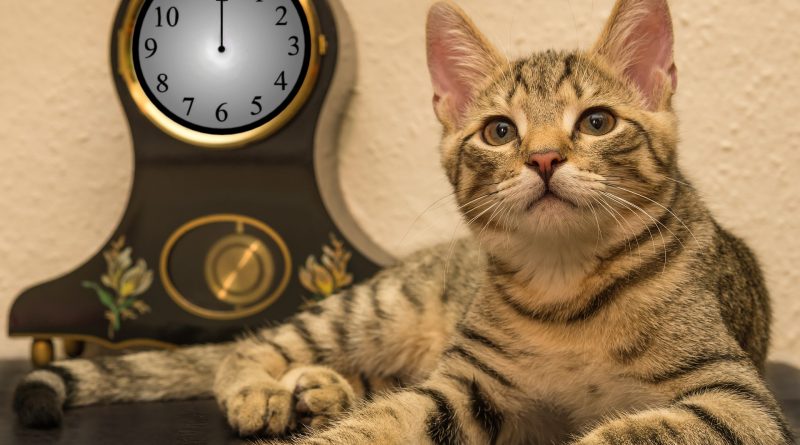How Often Should I Feed My Pet?
Finally, after hours of exploring Petfoodology articles and talking with your veterinarian, you’ve picked the perfect diet for your pet. You know what to feed and how much your pet needs per day, but how often should you offer food? Some pets are more than willing to let you know when they feel it’s time for their bowl to be filled. But is there a “best” schedule? This is a common question, so we’ve provided some general guidelines to help you find the best fit for your household.
Puppies & Kittens
Most importantly, puppies and kittens less than one year of age must be fed a diet with an AAFCO nutritional adequacy statement on the label for growth or all life stages. These diets contain extra nutrients to help your pet grow! Once an appropriate diet is selected, it is often recommended that animals less than 6 months of age be fed across at least three separate meals per day. Puppies and kittens have greater nutritional needs than adult animals, but smaller stomachs. Like human babies, they initially require frequent meals that can be decreased in number as they grow. But be careful with your measurements! More frequent feedings should not equal greater quantities of food beyond your puppy or kitten’s nutritional needs that keep them at an ideal body condition.
Healthy Adults
Once your healthy pet reaches adulthood (at least one year of age and up to 18 months in giant breed dogs), they can continue the same feeding schedule set during their time as a puppy or kitten or you can make adjustments. This may look like once a day, twice a day, or greater depending on you and your pet’s preferences. So long as your pet is meeting its daily nutritional requirements, how often meals are provided is relatively flexible, though most families typically provide two meals a day
What if My Pet Has a Medical Condition?
Health conditions can often change the kind of food your pet needs as well as their appetite. Some diseases may also require changes in feeding times. For example, your veterinarian might suggest more frequent, smaller meals if your pet has gastrointestinal issues, or they may recommend more rigid twice a day schedule if your pet has diabetes. You should always consult your veterinarian to make sure a feeding schedule meets the nutritional goals for your pet’s medical condition.
What About Free-Feeding?
Providing unlimited access to food, or free-feeding, is a popular choice especially among cat owners. Also, some pets may need free-feeding in order to meet increased energy needs, such as pregnant or lactating animals. However, this feeding style is not recommended unless *all* of your pets who can access the food have an ideal body condition score and can maintain it even with free access to food. Free-feeding can easily lead to overconsumption and obesity, and all of the health problems that come with it!
Take-Away: The best way to time your pet’s meals is the way that meets you and your pet’s needs, as well as your pet’s nutritional requirements. But as with any diet change, it is always important to consult your veterinarian first!
Written in conjunction with veterinary student, Rachel Hanford.

